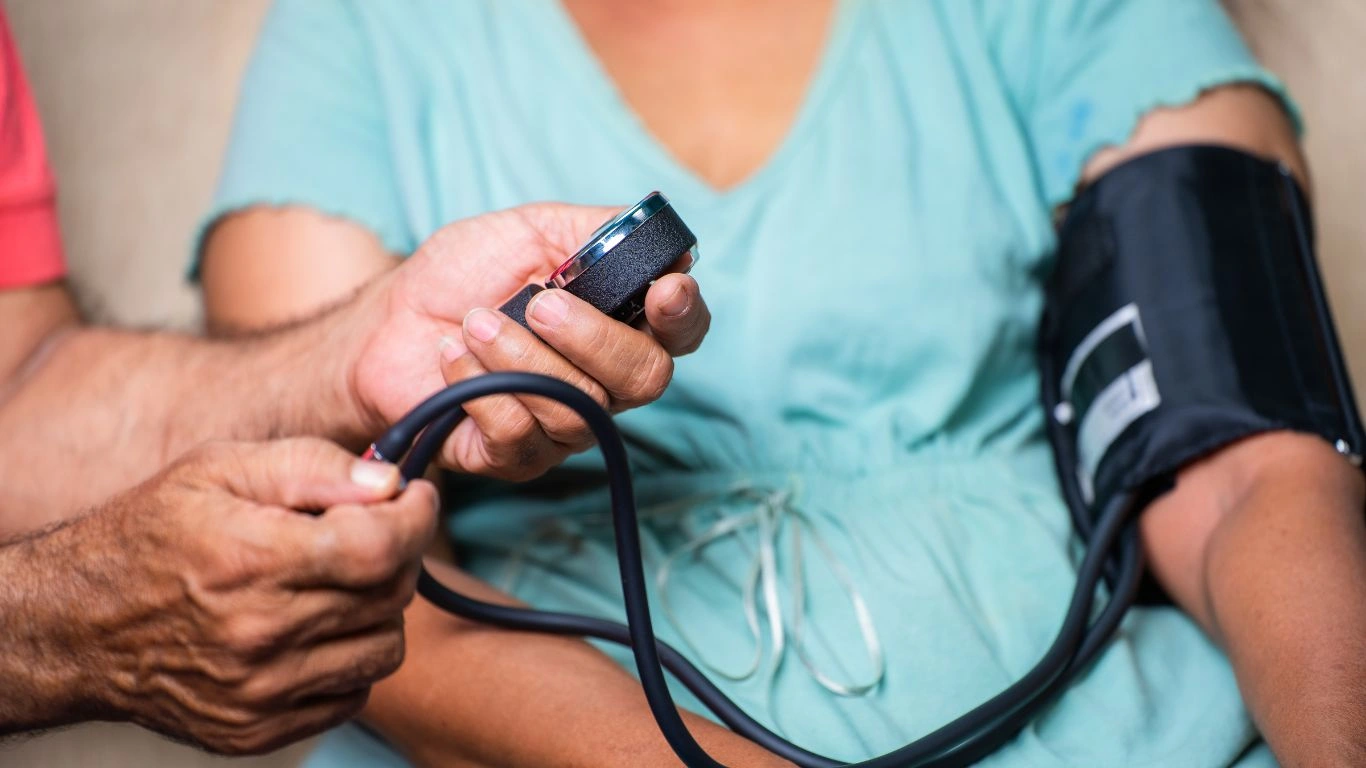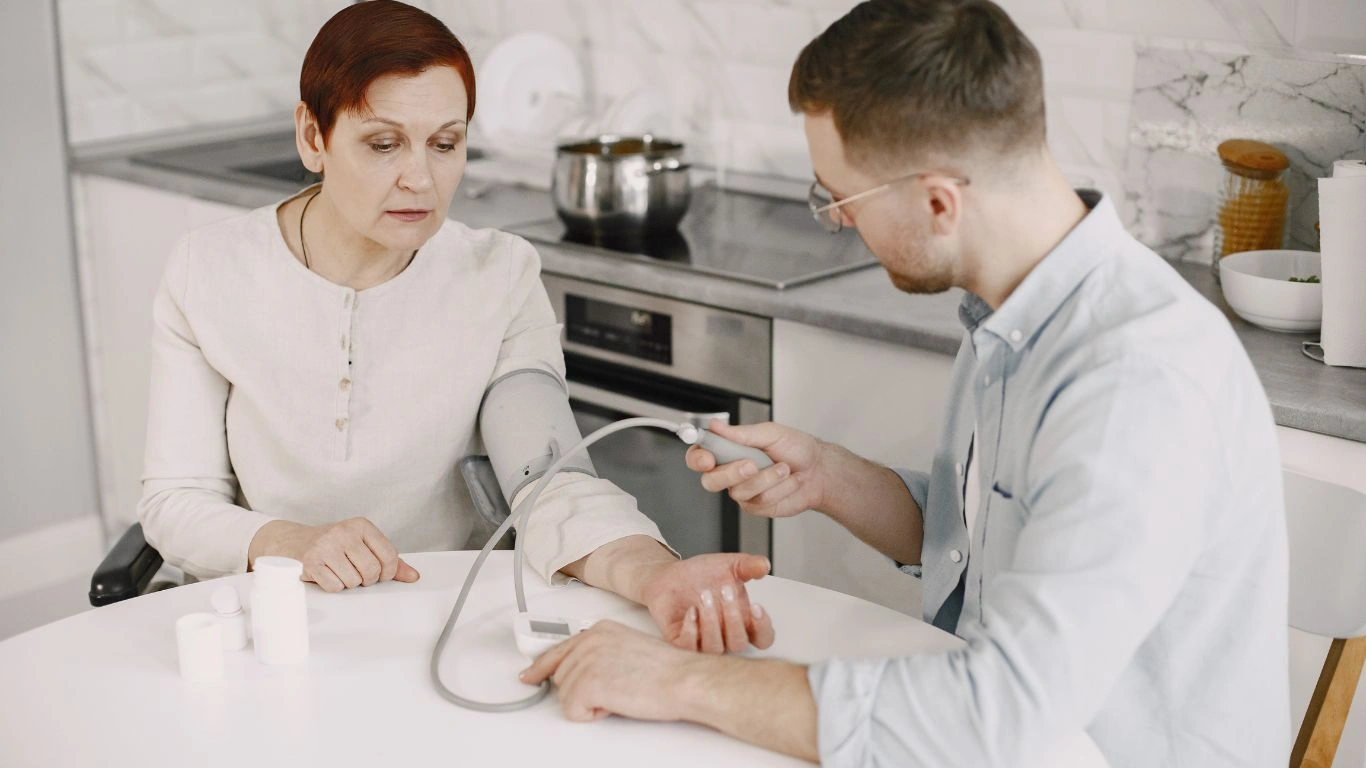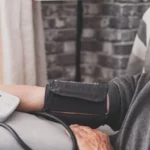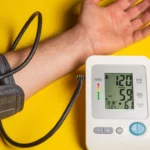Managing Blood Pressure with Tai Chi – A Gentle Yet Powerful Approach
Ever wondered if you could manage your blood pressure with something as peaceful as Tai Chi? Good news—this ancient practice might just be one of the most effective, low-impact ways to support your heart health.
If you’re dealing with high blood pressure, it can feel like you’re constantly on the lookout for ways to bring those numbers down. Medication is often part of the solution, but let’s not forget about lifestyle changes. Tai Chi—a traditional Chinese martial art that focuses on slow, flowing movements—might be one of the most soothing and effective practices you’ve never considered. So, let’s dive in and explore how Tai Chi can help manage blood pressure and support your overall wellness.

Why Managing Blood Pressure is So Important
Let’s start with the basics. Blood pressure is the force of blood pushing against the walls of your arteries as your heart pumps it around your body. When this force is too high, it can lead to health problems like heart disease, stroke, kidney damage, and more. Managing blood pressure is a crucial part of maintaining good health, especially as we age.
Most people turn to exercise and a healthy diet to help control their blood pressure. But did you know that Tai Chi—a practice known for its meditative, gentle movements—has been shown to reduce blood pressure? It’s true! And no, you don’t have to be a seasoned expert to benefit from it. Whether you’re in your 30s or 70s, Tai Chi can be a game-changer.
What is Tai Chi?
Before we dive into how Tai Chi helps, let’s quickly go over what it is. Tai Chi is a martial art that originated in China and has been practiced for centuries. It involves slow, deliberate movements, breathing exercises, and meditation. While it’s often seen as a form of exercise for older adults, it’s for anyone who wants to improve flexibility, balance, and mental focus.
Tai Chi can feel almost like moving meditation. Instead of the high-intensity workouts that leave you winded, Tai Chi is about flow—like a dance for your mind and body. It’s a low-impact exercise, which means it’s gentle on the joints and can be done by almost anyone, regardless of fitness level.

How Tai Chi Helps Manage Blood Pressure
Alright, so how does Tai Chi actually affect blood pressure? Studies have shown that Tai Chi has a range of benefits, especially for people dealing with high blood pressure. Here’s how:
1. Reduces Stress
Stress is one of the biggest contributors to high blood pressure. When you’re stressed, your body releases hormones like adrenaline and cortisol, which increase heart rate and raise blood pressure. Tai Chi helps you relax, release tension, and calm your mind. By practicing slow, mindful movements, you lower your stress levels, which can directly lead to lower blood pressure.
2. Improves Circulation
Tai Chi enhances circulation by encouraging deep, controlled breathing and movement. As your body moves in slow, flowing motions, blood flows more efficiently through the vessels. This improves the health of your cardiovascular system, which, over time, can help lower blood pressure.
3. Promotes Balance and Flexibility
Balance and flexibility are key elements of Tai Chi, and they have an indirect impact on heart health. By improving flexibility, you allow blood to flow freely through your arteries. Plus, better balance reduces the risk of falls or injuries, which is especially important as you get older.
4. Boosts Mind-Body Connection
Tai Chi is not just physical exercise; it’s also mental. The focus on breathing, form, and relaxation can help break the cycle of worry and anxiety that often contributes to high blood pressure. When you’re more mindful of how your body feels and reacts, you’re better able to control stress responses and emotions.
5. Helps With Weight Management
Maintaining a healthy weight is important for managing blood pressure, and Tai Chi can contribute to that. While it might not burn as many calories as an intense workout, it can still help maintain muscle mass and improve metabolism over time. Plus, it’s a perfect complement to other forms of exercise.

What Does the Research Say About Tai Chi and Blood Pressure?
Okay, so it sounds great in theory, but does it actually work? The research says yes. Several studies have shown that Tai Chi can significantly lower both systolic (top number) and diastolic (bottom number) blood pressure. For example, a 2013 study published in the Journal of Hypertension found that practicing Tai Chi for 12 weeks led to a notable reduction in blood pressure in people with hypertension.
Another study published in the American Journal of Hypertension showed that Tai Chi could reduce blood pressure as effectively as moderate aerobic exercise. That’s pretty impressive, especially when you consider that Tai Chi is much gentler on the body than, say, running or weightlifting.
Getting Started with Tai Chi for Blood Pressure
So, you’re interested in giving Tai Chi a try. Here’s how to get started:
1. Find a Class or Instructor
If you’re new to Tai Chi, finding a class is a great way to get started. Many community centers or gyms offer beginner-level Tai Chi classes. If you prefer learning at home, there are plenty of online tutorials and apps that can guide you through the basics.
2. Start Slow
Tai Chi is about slow, controlled movements, so don’t feel like you need to rush. Start with 10 to 15 minutes a day and gradually work your way up to longer sessions. Consistency is key, so aim for at least three times a week.
3. Focus on Breathing
Breathing is a huge part of Tai Chi. Focus on deep, slow breaths as you move. Inhale through your nose, filling your lungs fully, and exhale through your mouth. This deep breathing helps relax the nervous system and reduce stress.
4. Be Patient
Like any exercise, Tai Chi takes time to master. Be patient with yourself and enjoy the process of learning and improving. Over time, you’ll likely notice both physical and mental changes, including better blood pressure control.

Conclusion
Managing blood pressure doesn’t have to involve high-intensity exercise or constant stress. Tai Chi offers a gentle yet powerful way to support heart health, reduce stress, and keep blood pressure in check. Plus, it’s something you can practice at any age, making it a great long-term solution for overall wellness.
If you’re ready to give it a go, all you need is a little time and patience. Just remember to check with your healthcare provider before starting any new exercise program, especially if you’re dealing with significant health issues. Tai Chi could be the heart-healthy practice you never knew you needed.
Appendices
FAQs
- How long does it take to see results from Tai Chi for blood pressure? It can take several weeks to see noticeable improvements, but consistency is key. Start with 10-15 minutes a day and work your way up.
- Is Tai Chi suitable for all ages? Yes! Tai Chi is a low-impact exercise that can benefit people of all ages, from seniors to young adults.
- Can Tai Chi replace medication for high blood pressure? While Tai Chi can help manage blood pressure, it should not replace prescribed medication. Always consult with your healthcare provider for a comprehensive treatment plan.
- Do I need special equipment for Tai Chi? No special equipment is needed, but comfortable clothing and shoes are recommended to help you move freely.
- Can I do Tai Chi every day? Yes, Tai Chi can be practiced every day, especially since it’s gentle and low-impact. Aim for at least 3 times a week to see benefits.
References
- Chou, R., & Morton, S. (2012). Tai Chi for High Blood Pressure. Journal of Hypertension, 30(1), 45-50. Read Article
- Lee, J. H., et al. (2014). The Impact of Tai Chi on Blood Pressure: A Systematic Review and Meta-Analysis. American Journal of Hypertension, 27(3), 317-324. Read Article
- National Heart, Lung, and Blood Institute (2023). Tai Chi and Heart Health. Read Article
Disclaimer
Disclaimer: The information provided in this article is for educational purposes only and does not substitute for professional medical advice. Always consult with a healthcare provider before beginning any new exercise routine, especially if you have health conditions like hypertension. Individual needs may vary, and professional guidance is crucial for personalized care.













